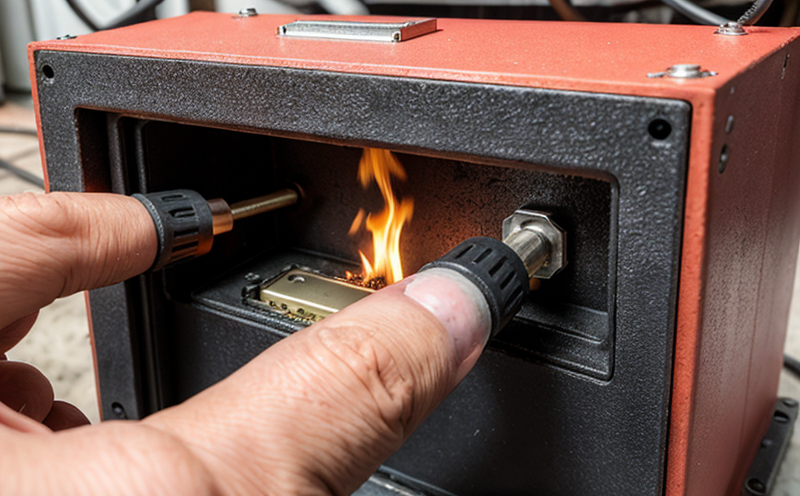
-
Battery Testing and Safety-
Battery Fire and Explosion Testing-
Fire Resistance Testing for Battery Enclosures
We provide comprehensive solutions designed to help our clients mitigate risks, enhance performance, and excel in key areas such as quality, health & safety, environmental sustainability, and social responsibility.
Discover
For many years, our organization has been operating successfully, boasting modern laboratories that meet international standards. These laboratories are equipped with the latest technology devices and equipment, and we have built a strong team of experienced and trained personnel to operate them.
DiscoverWelcome to Eurolab, your partner in pioneering solutions that encompass every facet of life. We are committed to delivering comprehensive Assurance, Testing, Inspection, and Certification services, empowering our global clientele with the ultimate confidence in their products and processes.
Discover
-
Battery Testing and Safety-
Battery Fire and Explosion Testing-
Fire Resistance Testing for Battery EnclosuresFire Resistance Testing for Battery Enclosures: Ensuring Safety and Compliance
Battery enclosures play a crucial role in safeguarding people and property from potential battery-related fires. The increasing demand for batteries in various industries has led to a corresponding rise in the importance of fire-resistant testing for these enclosures. In this article, we will delve into the world of fire resistance testing for battery enclosures, exploring the key aspects, methodologies, and considerations involved.
Why Fire Resistance Testing is Essential
Fire resistance testing is essential for battery enclosures due to several reasons:
The test involves exposing the enclosure to an open flame or other ignition source for a specified period.
The system is then inspected for signs of damage, leakage, or other malfunctions.
The test involves exposing the enclosure to an open flame or other ignition source for a specified period.
The system is then inspected for signs of damage, leakage, or other malfunctions.
Materials with high thermal stability and low combustibility are preferred.
The use of flame retardants or fire-resistant coatings can also enhance the enclosures performance.
To ensure compliance with regulatory requirements and prevent potential battery-related fires.
2. What types of materials are suitable for use in constructing fire-resistant battery enclosures?
Materials with high thermal stability, low combustibility, or those incorporating flame retardants or fire-resistant coatings.
3. How long does a typical fire resistance test for battery enclosures last?
The duration of the test varies depending on the specific standard being followed, but it can range from several minutes to hours.
4. Can a single testing method be used to evaluate both lithium-ion and lead-acid batteries?
No, different standards apply to each type of battery chemistry.
5. Are there any industry-recognized certifications for fire-resistant battery enclosures?
Yes, UL (Underwriters Laboratories) and IEC (International Electrotechnical Commission) are two prominent organizations providing certification services.
6. How do manufacturers ensure that their battery enclosures meet the required fire safety standards?
By conducting regular testing according to established standards, selecting suitable materials, and following best practices in design and engineering.
Conclusion
Fire resistance testing for battery enclosures is a critical aspect of ensuring compliance with regulatory requirements and preventing potential battery-related fires. Manufacturers must be aware of the various methods and considerations involved in fire resistance testing and comply with relevant regulations.

Trade and Government Regulations
Trade and government regulations play a vital role in shaping the global economy. These regulations ...
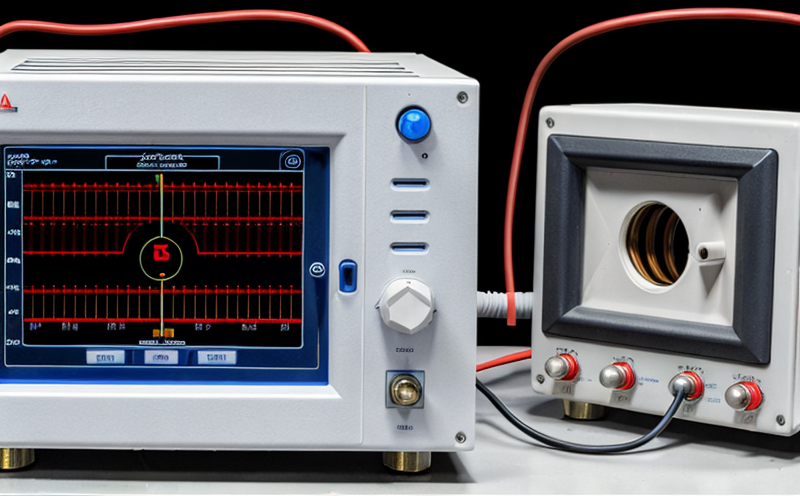
Electrical and Electromagnetic Testing
Electrical and Electromagnetic Testing: A Comprehensive Guide Introduction Electrical and electrom...

Renewable Energy Testing and Standards
Renewable Energy Testing and Standards: Ensuring a Sustainable Future The world is rapidly transiti...

Railway Industry Compliance
Railway Industry Compliance: Ensuring Safety and Efficiency The railway industry is a critical comp...

Hospitality and Tourism Certification
Hospitality and Tourism Certification: Unlocking Opportunities in the Industry The hospitality and ...
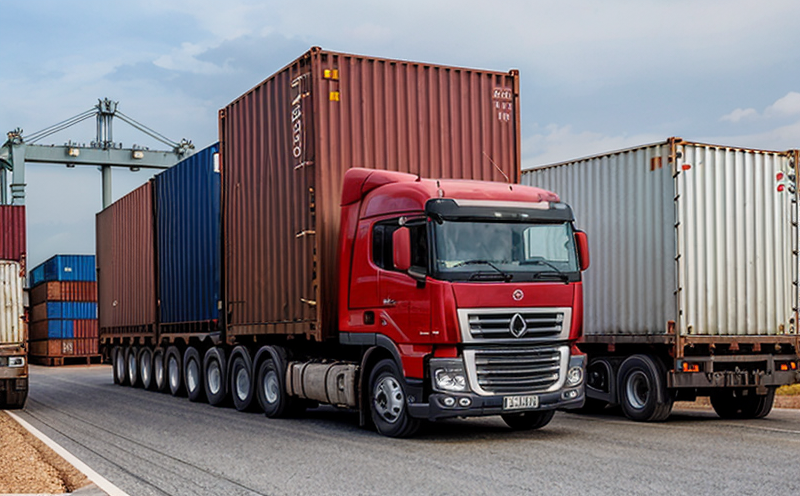
Transportation and Logistics Certification
Transportation and Logistics Certification: A Comprehensive Guide The transportation and logistics ...

NEBS and Telecommunication Standards
Network Equipment Building System (NEBS) and Telecommunication Standards The Network Equipment Bu...
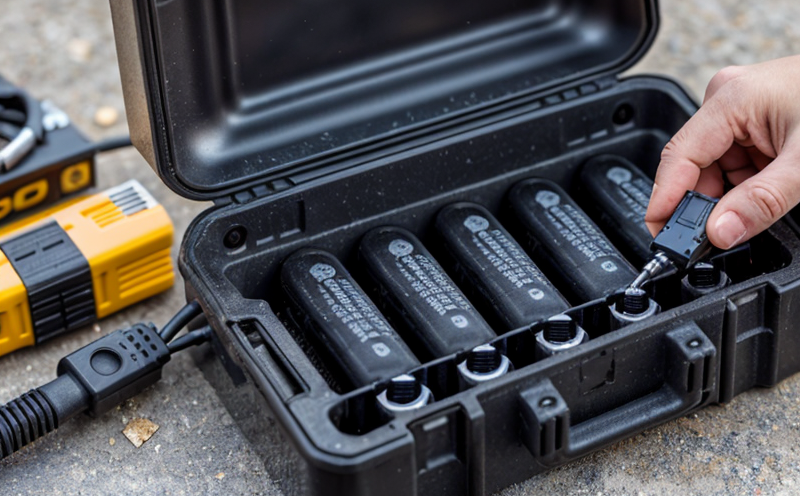
Battery Testing and Safety
Battery Testing and Safety: A Comprehensive Guide As technology continues to advance, battery-power...
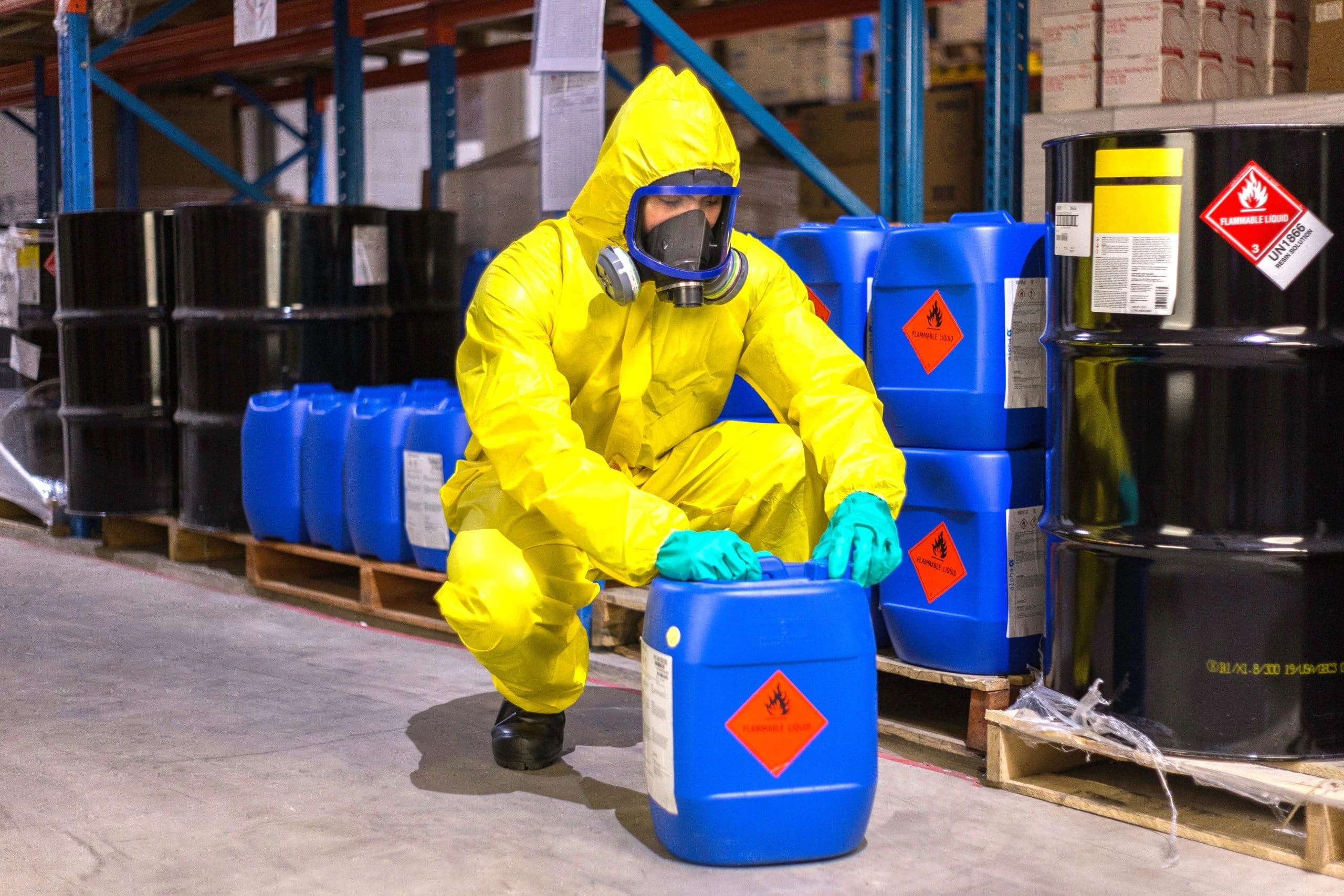
Chemical Safety and Certification
Chemical safety and certification are critical in ensuring the safe management of products and proce...

Automotive Compliance and Certification
Automotive Compliance and Certification: Ensuring Safety and Efficiency The automotive industry is ...
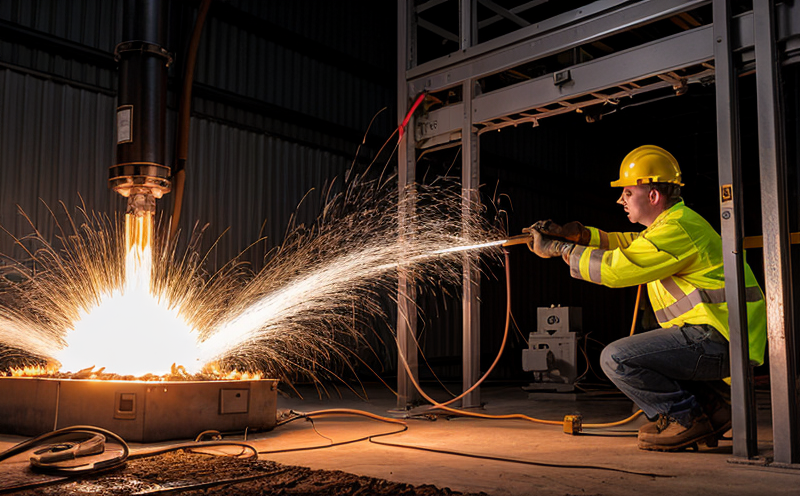
Electromechanical Safety Certification
Electromechanical Safety Certification: Ensuring Compliance and Protecting Lives In todays intercon...

Military Equipment Standards
Military Equipment Standards: Ensuring Effectiveness and Safety The use of military equipment is a ...

Fire Safety and Prevention Standards
Fire Safety and Prevention Standards: Protecting Lives and Property Fire safety and prevention stan...

Product and Retail Standards
Product and Retail Standards: Ensuring Quality and Safety for Consumers In todays competitive marke...

Agricultural Equipment Certification
Agricultural equipment certification is a process that ensures agricultural machinery meets specific...

IT and Data Center Certification
IT and Data Center Certification: Understanding the Importance and Benefits The field of Informatio...
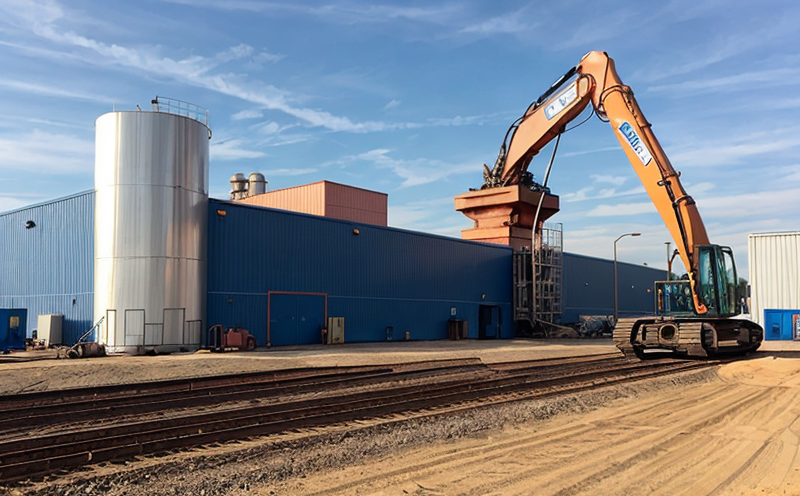
Industrial Equipment Certification
Industrial equipment certification is a critical process that ensures industrial equipment meets spe...
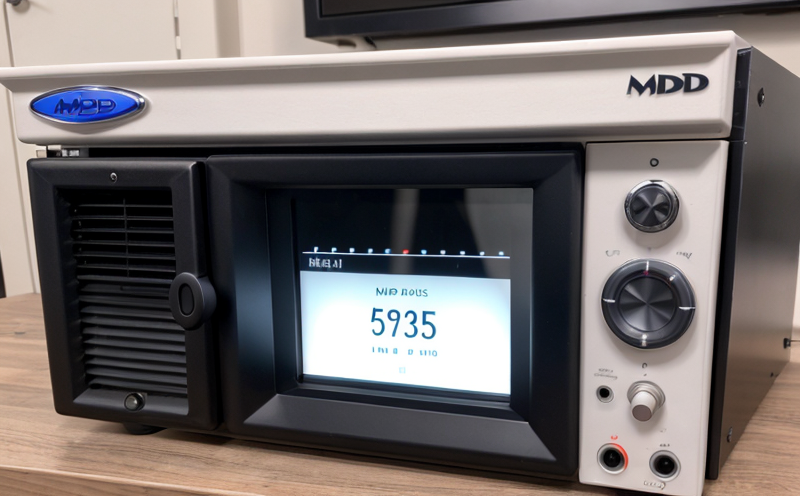
MDR Testing and Compliance
MDR Testing and Compliance: A Comprehensive Guide The Medical Device Regulation (MDR) is a comprehe...

Lighting and Optical Device Testing
Lighting and Optical Device Testing: Ensuring Performance and Safety Lighting and optical devices a...

Energy and Sustainability Standards
In today’s rapidly evolving world, businesses face increasing pressure to meet global energy a...

Environmental Simulation Testing
Environmental Simulation Testing: A Comprehensive Guide In todays world, where technology is rapidl...
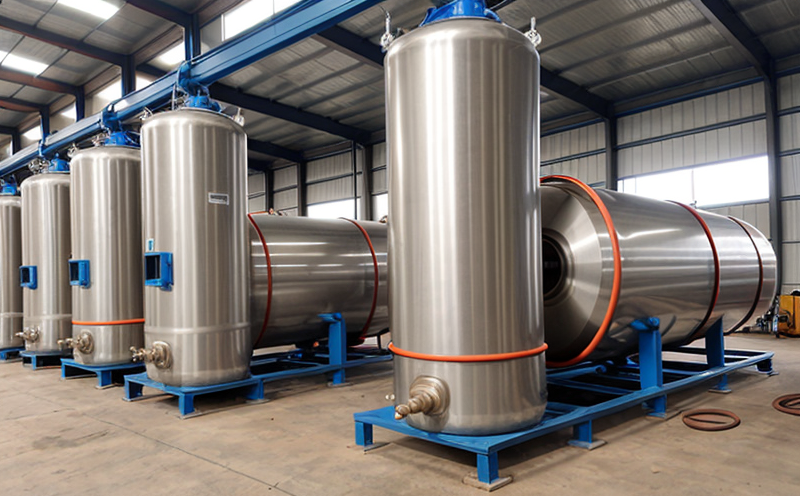
Pressure Vessels and Installations Testing
Pressure Vessels and Installations Testing Pressure vessels are a critical component of various ind...

Pharmaceutical Compliance
Pharmaceutical compliance refers to the adherence of pharmaceutical companies and organizations to l...

Environmental Impact Assessment
Environmental Impact Assessment: A Comprehensive Guide Environmental Impact Assessment (EIA) is a c...
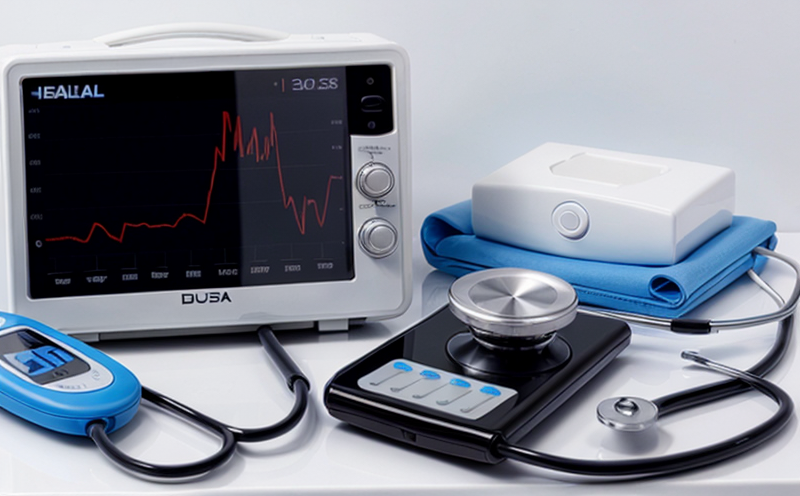
Healthcare and Medical Devices
The Evolution of Healthcare and Medical Devices: Trends, Innovations, and Challenges The healthcare...

Construction and Engineering Compliance
Construction and Engineering Compliance: Ensuring Safety, Quality, and Regulatory Adherence In the ...

Food Safety and Testing
Food Safety and Testing: Ensuring the Quality of Our Food As consumers, we expect our food to be sa...

Aviation and Aerospace Testing
Aviation and Aerospace Testing: Ensuring Safety and Efficiency The aviation and aerospace industr...

Cosmetic Product Testing
The Complex World of Cosmetic Product Testing The cosmetics industry is a multi-billion-dollar ma...

Consumer Product Safety
Consumer Product Safety: Protecting Consumers from Harmful Products As a consumer, you have the rig...